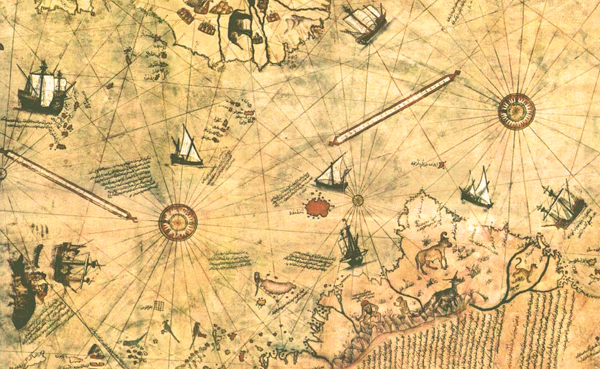History of TIHM
Islamic centers of learning, which thrived from 610 to 1610 CE, were known for collecting, preserving, and translating knowledge, especially from ancient Greece, Syria, Persia, India, and China. Muslim physicians of this period developed a rich medical tradition. They wrote textbooks of surgery, discovered pulmonary blood circulation, understood and treated infectious diseases, and developed an extensive literature of pharmacology.

Traditional Islamic Healing and Medicine (TIHM), however, is much more than the accumulated accomplishments of Muslim scientists. As an Islamic science, TIHM is rooted in the “Oneness of God” (tawḥīd) that recognizes the human BodyMindSoul as a seamless whole. This sublime knowledge is elucidated in the scripture (Qur’ān) revealed to the Prophet Muḥammad ﷺ and expressed in his noble example and wise counsel (Sunnah). Thus, TIHM is concerned with the totality of the human experience, and therefore never ceases to be relevant. In order to address the multidimensional nature of life, TIHM incorporates a wide array of therapies, including spiritual practice, counseling, ḥammām (hydrotherapy), aṭṭār (aromatherapy), herbal medicine, diet, exercise, ḥijāmah (cupping and bleeding), bodywork, massage, acupuncture, and surgery.
Muslim health practitioners and institutions also demonstrated the principles of Islām through humanitarian service. Hospitals cared for the sick regardless of race, gender, religion, creed, nationality, or malady. Patients were cared for until completely recovered. All costs were borne by the hospitals, which were largely funded by royalty. On departure, patients were given enough money so that they would not have to immediately resume work. Hospitals typically had a mosque for Muslims and a chapel for Christians. The entire service was offered for the sake of God, the Generous and Magnificent.
A typical hospital of the Islamic era was equipped with a pharmacy, library, and lecture halls. Hospitals employed ventilation systems. Patient bedrooms overlooked a central courtyard that offered the elements essential to recovery and well-being –natural beauty, sunlight, and fresh air. Hospitals were sectioned according to medical specialties, while also employing different music in each section known to be beneficial to specific maladies. Day and night, reciters intoned the Qur’ān aloud. Professional storytellers entertained the sick with their tales. At nightfall, musicians played melodies to put the patients to sleep.

